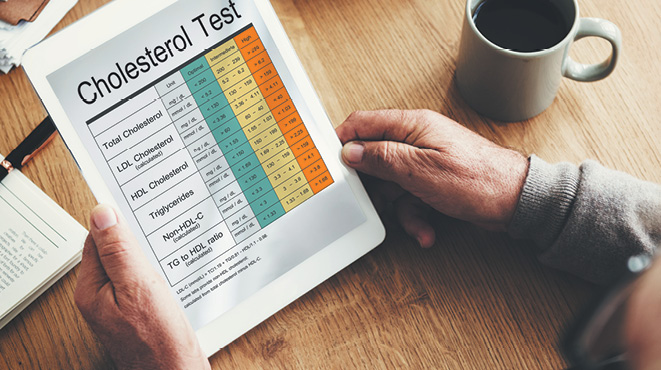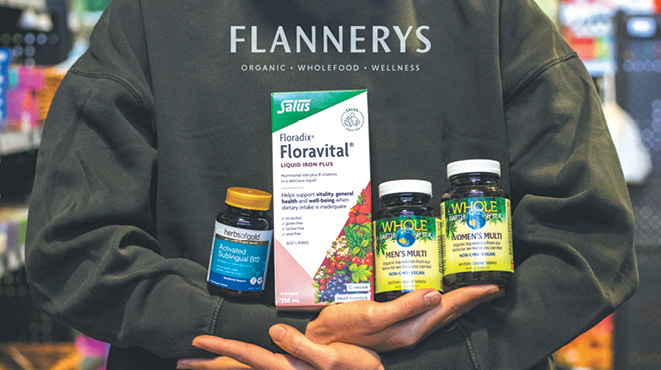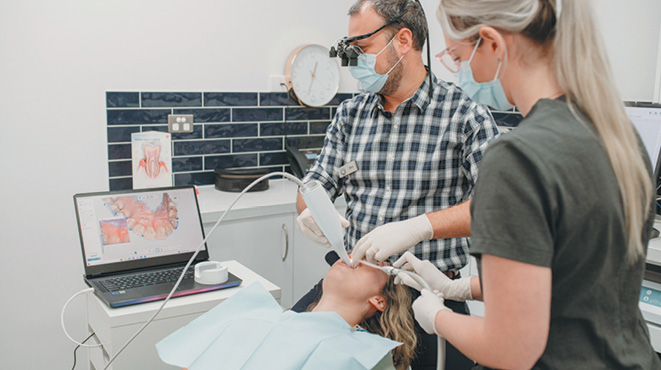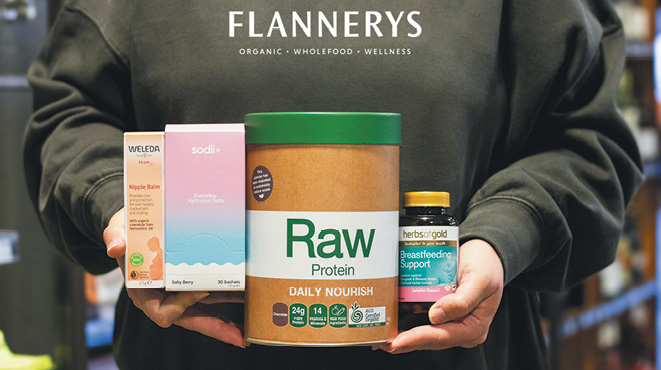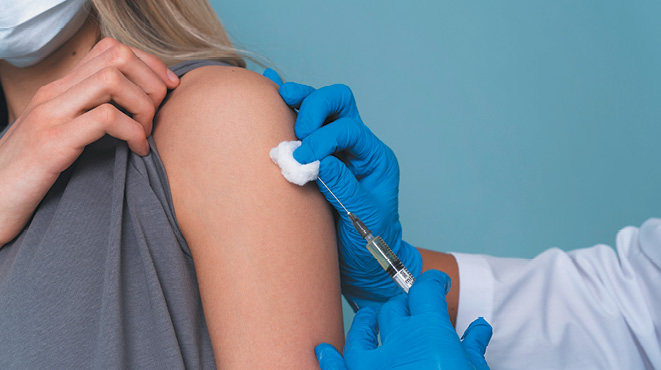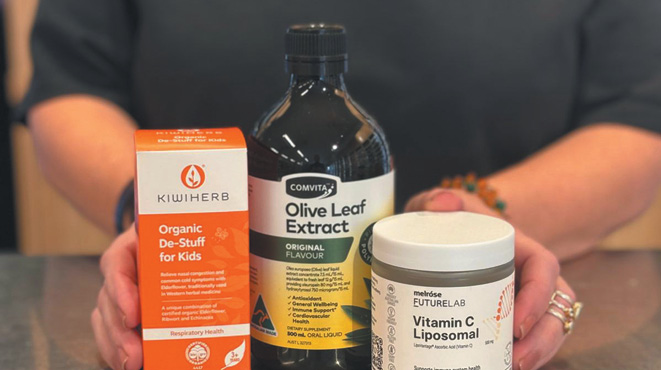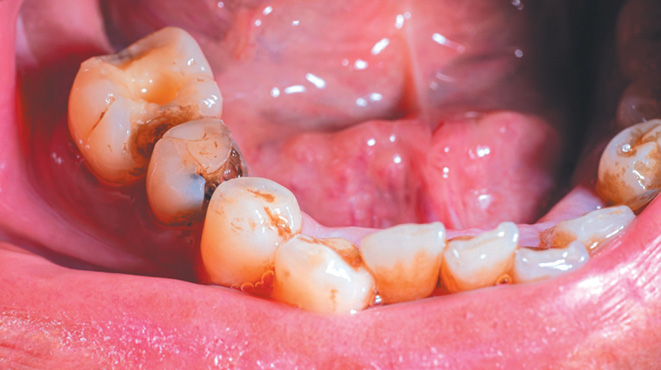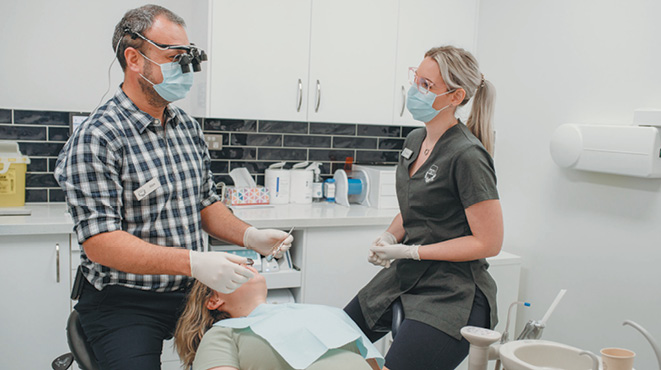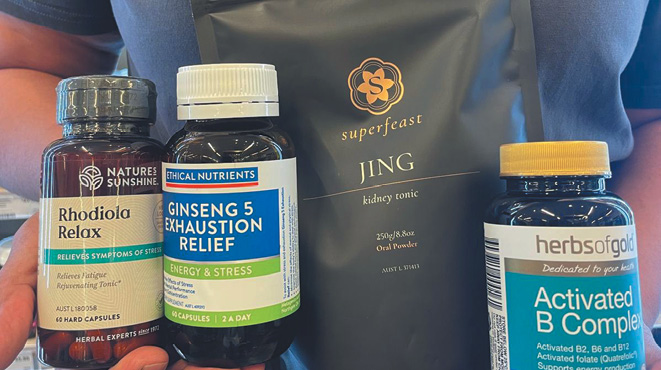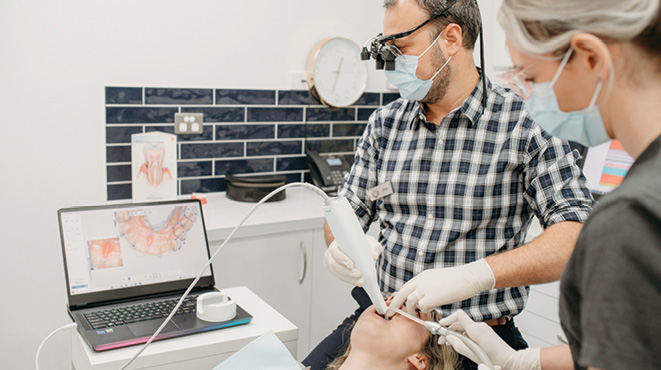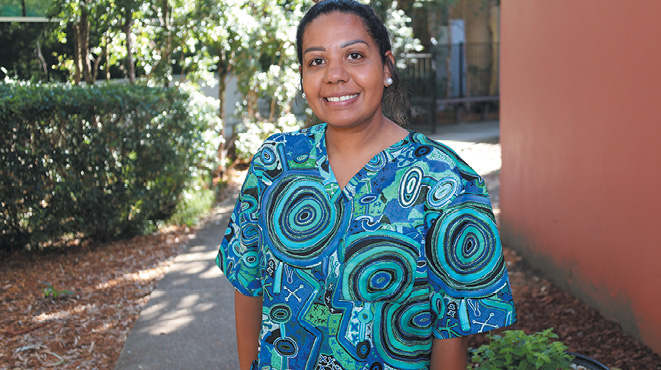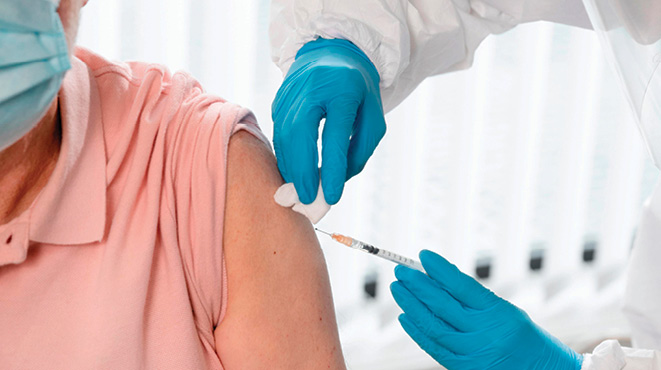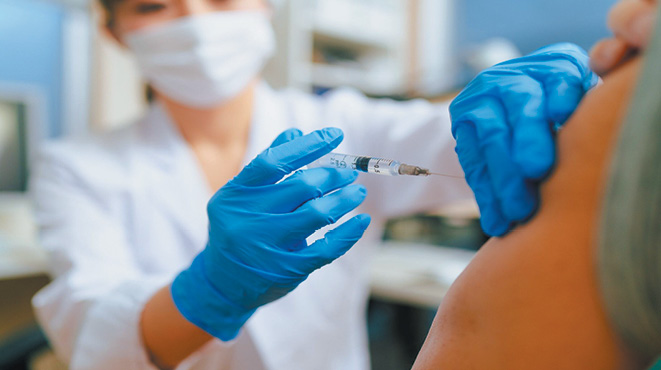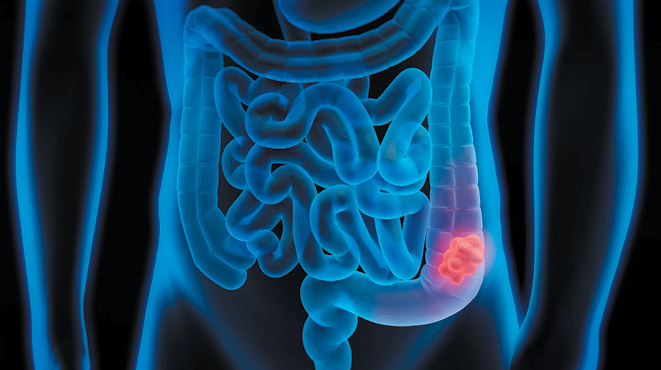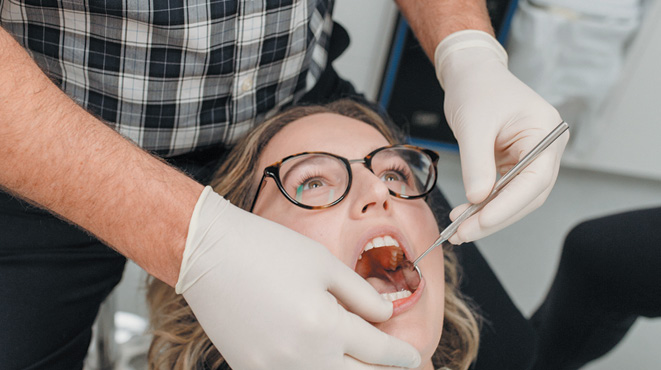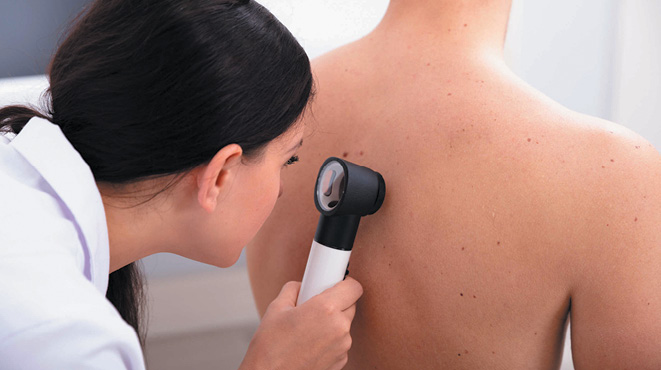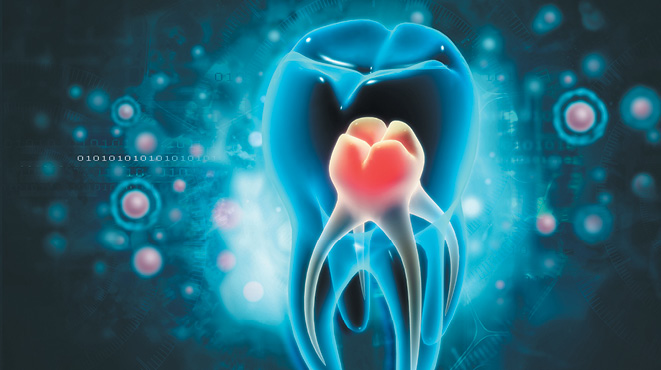BY DR DALE GARRED, MANLY VILLAGE MEDICAL
 Cholesterol is produced by the body and found in foods. There are many different types of cholesterol. The two most common types of cholesterol are:
Cholesterol is produced by the body and found in foods. There are many different types of cholesterol. The two most common types of cholesterol are:
1. Low-density lipoprotein (LDL) – the ‘bad’ cholesterol
2. High-density lipoprotein (HDL) – the ‘good’ cholesterol
“Total Cholesterol” is a measure that includes the good and bad cholesterol. Your ‘Total’ cholesterol value may be elevated if you have lots of the “good stuff” – and so the ‘Total Cholesterol’ number on its own is not useful in understanding your risk for heart disease.
The human body needs SOME cholesterol, but too much of the “bad” cholesterol can put you at risk. When there is too much LDL cholesterol, it “sticks” to the walls of your arteries and acts like a “dam”, preventing blood from getting to parts of your important organs such as the heart or brain, putting you at risk of a heart attack or stroke.
While an unhealthy diet is a significant risk factor for high cholesterol, it is not the only risk factor. Other factors that may cause you to have high cholesterol include genetics, age, smoking, BMI > 30 or lack of rigorous exercise. Even if high cholesterol is caused by factors other than diet, it still puts you at higher risk of having a heart attack or stroke, so it is just as important to manage.
High cholesterol, unfortunately, generally doesn’t have any symptoms, which is why it’s important to get a blood test to check your cholesterol at least annually after the age of 50 and at least once between the ages of 45-50 even if you feel fit and well.
While we recommend aiming for an LDL cholesterol of < 2.5mmol/L and a HDL cholesterol > 1.0mmol/L, ANY reduction in cholesterol has beneficial health outcomes. We know that for every 1 mmol/L reduction in LDL cholesterol, there is a 22% relative risk reduction in cardiovascular disease and stroke over the proceeding five years.
So next time YOU visit the GP – make sure you ask…is MY cholesterol “to target”?

